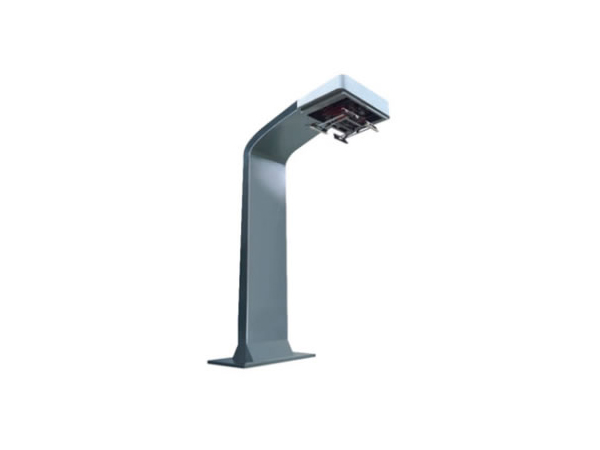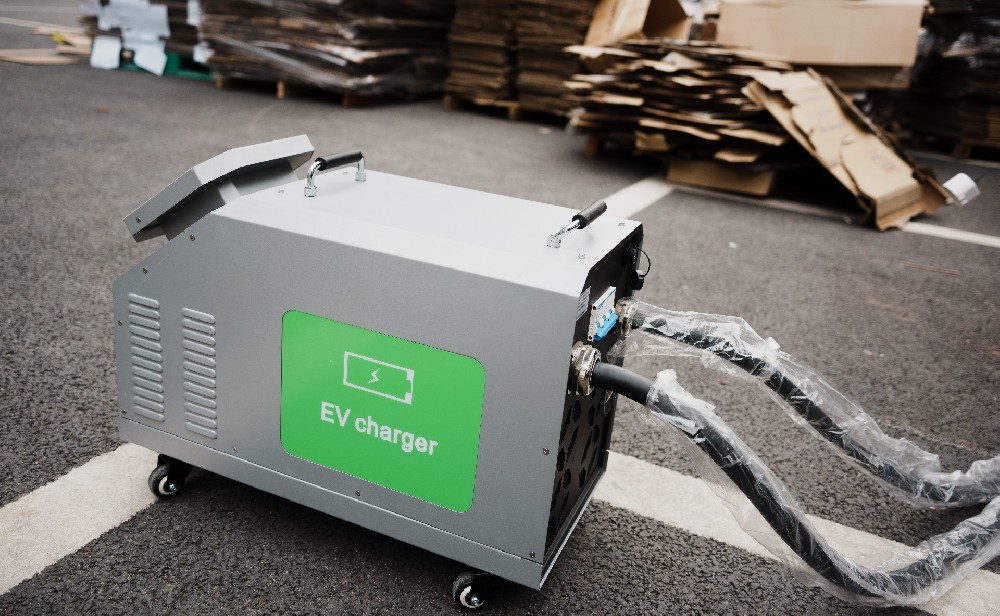-
13822183778@139.com
-
13822183778
How fast is the charging speed at the charging station?
Recently, many charging pile investors have asked me a question: how fast is the charging speed of your charging piles, and how long does it take to charge a vehicle? I don't know if you have this question, but to systematically understand the charging speed of charging piles, you first need to understand two aspects: the specifications of the charging piles and the battery capacity of new energy vehicles.

First, let's talk about the specifications of charging piles. Simply put, there are two types: AC chargers and DC chargers. AC chargers are commonly known as slow chargers, while DC chargers are known as fast chargers.
AC chargers mainly come in two specifications: 7KW and 11KW. The 7KW AC charger uses 220V AC input voltage and outputs 32A current. The 11KW AC charger uses 380V AC input voltage and outputs 16A current. The former is the national standard and is compatible with almost all vehicle models, with low power requirements. The latter is only suitable for a few specific models, such as Tesla and certain Xpeng vehicles, and requires three-phase power, making installation less convenient.
DC chargers come in a variety of specifications, including 30KW, 60KW, 120KW, 160KW, 180KW, and even higher power split-type chargers like 240KW, 360KW, and 480KW. The charging interfaces for DC chargers are different from those of AC chargers, as shown in the figure (the top image is an AC charger, and the bottom image is a DC charger). DC chargers have high power requirements for installation.
For example, installing a 120KW DC charger requires a three-phase power capacity of at least 120KVA, and ten such chargers would require over 1200KVA. This power capacity is often not available at most sites, so additional transformer applications are necessary.
 How long does it take to charge ···
How long does it take to charge ···
 DC Fast Charging CCS type 2 plug
DC Fast Charging CCS type 2 plug
 The high-voltage and high-curren···
The high-voltage and high-curren···


